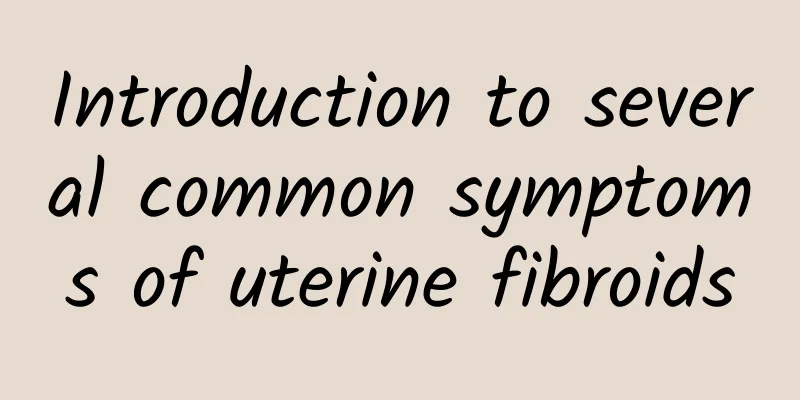What is Naboth's cyst?

|
What is Nabothian cyst? Nabothian cyst, also known as cervical gland cyst, is a common gynecological disease that often makes many female friends feel like they are facing a formidable enemy. This disease, like cervical erosion and cervical polyps, is a manifestation of chronic cervicitis. So, what is Nabothian cyst? Let's take a look. The cause of the formation of Nabothian cyst is similar to that of "acne" on the face. During the healing process of cervical erosion, the newly formed squamous epithelium covers the opening of the cervical gland duct or extends into the gland duct, blocking the opening of the gland duct; the connective tissue around the gland duct proliferates or scars form, compressing the gland duct, causing the gland duct to narrow or even block, and the drainage of glandular secretions is blocked. The cyst formed by retention is called cervical Nabothian cyst. During the examination, you can see multiple bluish-white vesicles (not purple) of varying sizes protruding from the surface of the cervix, containing mucus. Some are as big as rice grains, some are as big as corn kernels, and some can grow very large, protruding from the surface of the cervix and even reaching the vaginal opening. The roots are connected to the cervix by a pedicle, and are often accompanied by cervical hypertrophy. In chronic cervicitis, the cervical glands and surrounding tissues proliferate. Cysts are usually small and scattered, and can protrude from the surface of the cervix. The small ones are only as big as rice grains, and the large ones can be as big as corn kernels. They are bluish-white and may be accompanied by erosion, but they are also common on the smooth surface of the cervix. There are clear white cysts of varying sizes protruding from the surface of the cervix, ranging from small ones like rice grains to large ones with a diameter of more than 1 cm. Cysts can be single or multiple, and have a smooth surface. You should pay attention to hygiene at ordinary times, use weak acid female care liquid to clean the vulva to maintain the self-cleaning function of the vagina and prevent the invasion of pathogens. Have sexual intercourse in moderation and avoid excessive sexual intercourse. Pay attention to sexual hygiene, and your spouse should pay attention to removing the smegma of the penis. Pay attention to hygiene during menstruation, abortion period and puerperium. Sexual intercourse and bathing should be strictly prohibited during menstruation and postpartum period to prevent pathogens from taking advantage of the opportunity to enter. |
<<: How to avoid uterine prolapse
>>: What are the characteristics of endometrial thickening?
Recommend
What fruits can you eat after a miscarriage? Doctors recommend these 5
After a miscarriage, you must pay attention to re...
Try the power of flowers for diet and weight loss! Cruciferous plants + Hibiscus tea, boost vitality
If you want to lose weight, you can also try the ...
What to eat for endometrial tuberculosis
When a person is ill, it is necessary to control ...
Exercise and massage to get rid of stubborn fat and say goodbye to postpartum belly
At the end of the year, many women are happy to b...
What are the treatments for uterine fibroids?
The treatment of uterine fibroids should be based...
What are the prevention methods of ovarian cysts?
It is very important for women to do a good job i...
What to do with abdominal distension after uterine fibroid surgery What to do with abdominal distension after uterine fibroid surgery
If the treatment of uterine fibroids is serious, ...
Difficulties in treating threatened abortion
Many expectant mothers will have threatened misca...
Can the divided eating method help lose weight? Nutritionist crack
It is widely rumored on the Internet that eating ...
Cervical precancer diagnosis tool
What is the basis for early diagnosis of cervical...
How to treat cervical erosion in women? How to treat cervical erosion? What does the doctor say?
1. I have dichorionic and diamniotic twins. Can I...
What are the precautions for bacterial vaginosis? The answer is here
The various microorganisms in the vagina restrict...
[Video] Is the ketogenic diet suitable for you? Medical doctor reveals 7 major advantages and disadvantages
"If you eat the wrong things, you will get s...
Experts explain the detailed classification of cervical erosion
Cervical erosion is the most common gynecological...
What are the common diseases of women of childbearing age? Will rough sex aggravate cervicitis?
Cervicitis is a common disease in women of childb...









